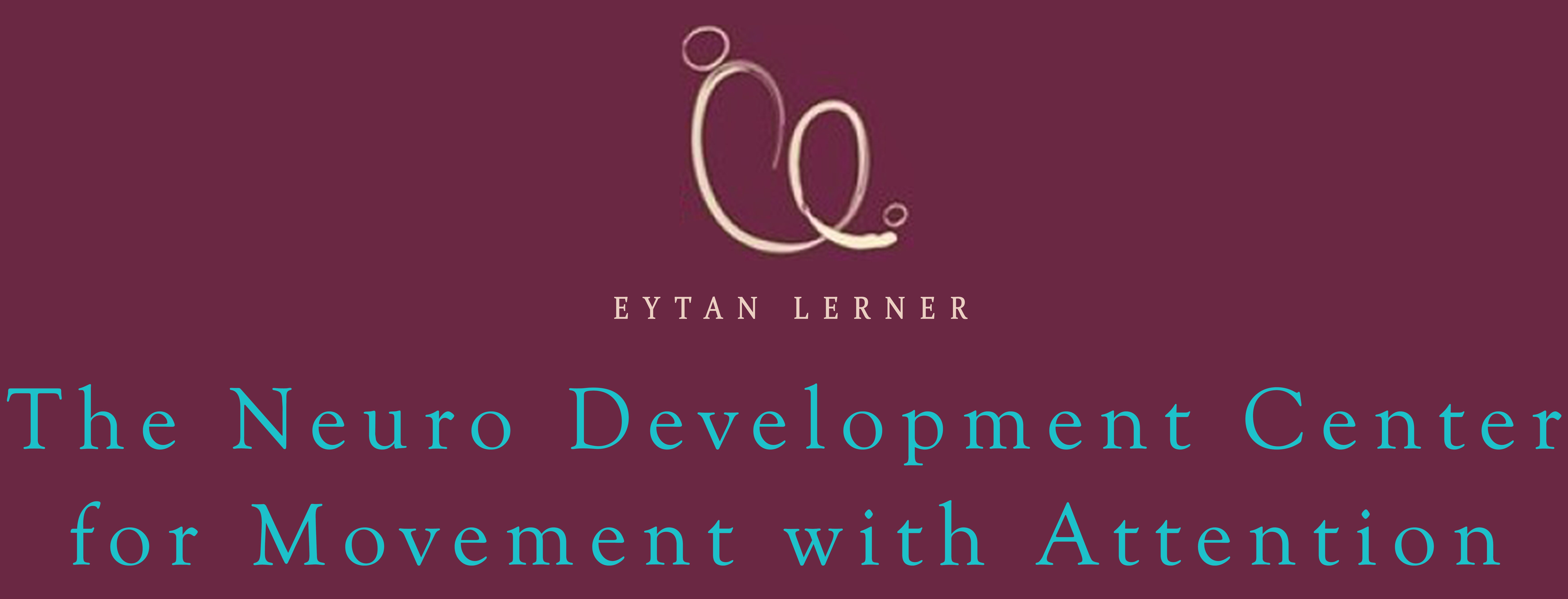All Abot The Feldenkrais Method
The Feldenkrais method was developed by physicist Dr. Moses Feldenkrais, an Israeli scientist who was additionally a Judo and Jujutsu instructor. Dr. Feldenkrais suffered from chronic knee problems which necessitated, according to his doctors, a surgical intervention. Against his doctors’ advice, however, Dr. Feldenkrais decided to self-treat his condition, despite being warned by his physicians that if his condition worsens, his leg will be damaged for good.
Dr. Feldenkrais began noticing times in which, for no apparent reason, he could move without experiencing any pain, while in other times, the pain had returned, limiting his movements. He then assumed that his “use” of his body effects and even causes his condition and pain. Observing the movements which coerce the pain in his knees and those that alleviate it, Dr. Feldenkrais, in a long laborious process, discovered that there is an innate connection between his movements and the intensity of the pain he experiences.
Teaching himself to move differently, Dr. Feldenkrais was able to dispose of his chronic pain. After he had implemented his findings on others, he realized that his method can be broadly employed, teaching people—regardless of the nature of their problems and their severity—to move and act in an effortless and more convenient manner, thus enhancing their achievements in any field. The Feldenkrais method trails learning and development processes, from infancy to adulthood, emphasizing the functions that are being learned in each developmental milestone; it refutes any artificiality which, inevitably, leads to unproductively painful results.
In essence, the Feldenkrais method employs our own innate learning-through-movement capability in order to awaken our mind and body, at any age, allowing us to move and function freely.
Feldenkrais lessons can be held in either a group or a private lesson. Group lessons are conducted on a chair or a mattress; they contain thousands of motor sequences which comprise a movement function (for example, bending forward from an upright position, crawling, walking, etc.). Since there is no “right” or “wrong, each participant is invited to an independent discovery of his/her modus operandi. Therefore, no verbal instructions are given during group lessons. Participants are instructed to examine whether they move and operate in the manner which most suit the reality of their present.
Private Feldenkrais lessons are conducted on a mattress or a chair as the student receives instructions by the teacher. The teacher’s gentle and slow movements allow the student to become mindful to the nature of his/her movements, their ranges of free movement and the redundant efforts some movements takes. Without uttering a word, the teacher offers new movement possibilities—whose quality is lighter and more spacious—from which the student can now choose.
While in gymnastic a mechanic repetition of movements is believed to lead towards bodily memorization and familiarization, in Feldenkrais we treat movement as an expression of our fundamental state of being. Movement, therefore, is carried with the utmost sensitivity and attentiveness so we can become more aware to the way we move. Consequently, a whole new world of abilities and sensations opens.
Feldenkrais for the Elderly
In the modernized and gradually digitalizing world we live in, our movement capabilities are atrophied by prolonged sitting—mostly in unsuitable chairs—,walking in inappropriate shoes, etc. As we become older, we tend to repeat familiar movement patterns that lead to continuous stress and erosion of our joints, muscles and tendons. Contributing to this erosion is substantial decrease in our ability to use force in order to move around (for example, move from a seated position to an upright position). As a result, moving can become an unpleasant and even painful experience, leading a person to limit oneself until assistance and support are necessary for even the “simplest” movement, such as waking or sitting down.
Feldenkrais for Babies
Ideally, babies move with such ease so that even those who are not experts can observe in astonishment as babies lift their head while lying on their tummy, roll from tummy to back, walk, etc.
Due to various injuries, complications during the prenatal period, traumatic birth, and genetic or environmental conditions, more than few parents discover that their children are experiencing difficulties as they skip certain developmental milestones or struggle to deal with their condition and diagnosis. Since the Feldenkrais method trails natural learning processes—in a manner which stimulates the brain and nerve system and prompts them to continue their innate learning process—implementing this method on babies and children with special needs is highly sensible and most advisable. Indeed, working with developmentally-delayed children, or children who suffer from any other injury or condition, assists them greatly. Despite any problem and at any age, the brain can maintain its ability to learn and change; this is even truer for babies whose brain and nerve system are at their peak in terms of their potential and flexibility.




